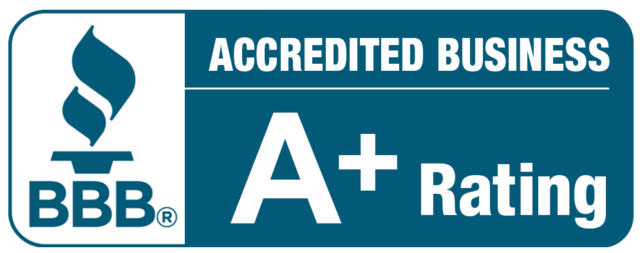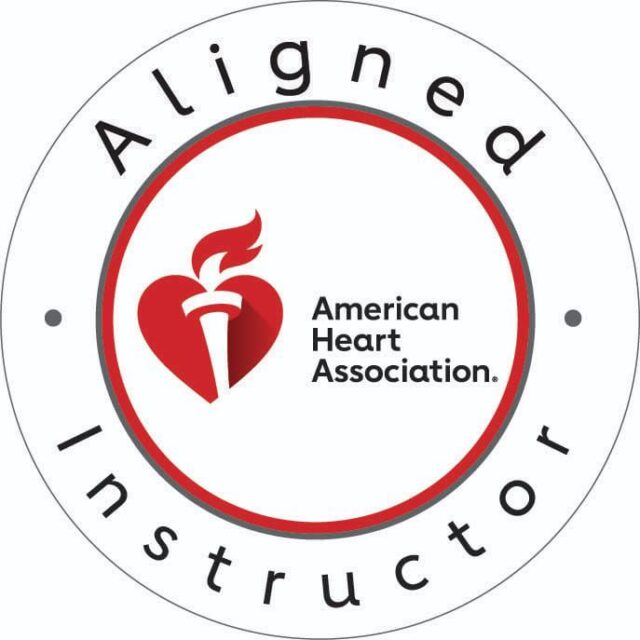Are you in a position where you are thinking of the best possible ways to feed your clients? When I mean feed I mean actual food and nice delicacies.
One of the essential services you can offer the sick, aged, paralyzed, or anyone in need of external help is to provide to your them assistance with feeding. It is crucial to ensure that your clients receive proper nutrition and hydration to maintain their health and well-being.
Although, anyone in need of assistance can pose restraints when it comes to taking care of them especially when it comes to food. There are expert ways to feed your clients and ensure they get the right nutrition and a well-balanced diet at all times.
Here in this guide, we show you easy ways how to feed your clients and ensure they are properly fed.
Why you should ensure your clients get proper food
According to The Academy of Nutrition and Dietetics, proper nutrition and hydration are essential for maintaining good health and well-being, particularly for clients who require assistance with feeding. When a person is unable to consume enough food and fluids to meet their nutritional needs, they may experience a range of negative health outcomes, including malnutrition, dehydration, and weakened immune function.
Malnutrition, in particular, can have severe consequences for an individual’s physical and mental health. It can cause weight loss, muscle wasting, fatigue, and weakness, making it more challenging for the person to carry out their daily activities. Additionally, malnutrition can increase the risk of infections, impair wound healing, and even contribute to the development of chronic diseases such as heart disease, diabetes, and osteoporosis.
Dehydration is another significant concern for individuals who require assistance with feeding. When the body loses more fluids than it takes in, it can lead to dehydration, which can cause fatigue, weakness, dizziness, and confusion. Severe dehydration can even lead to life-threatening conditions such as heatstroke, kidney failure, and seizures.
Therefore, you must ensure that your clients receive proper nutrition and hydration to maintain their health and well-being. By providing well-balanced meals that meet the client’s dietary needs and assisting with feeding, can help prevent malnutrition and dehydration. Regular monitoring and support can also help detect any signs of nutritional deficiencies or dehydration early on and address them promptly.
Overall, proper nutrition and hydration are essential for maintaining good health and well-being, particularly for individuals who require assistance with feeding.
What Should I Do Before Feeding My Client Who Needs Assistance?
Before feeding your client who needs assistance, there are several steps you can take to ensure that the feeding process is safe and comfortable for both you and your client. Here are some important things to consider:
- Wash Your Hands: Before feeding your client, wash your hands thoroughly with soap and warm water to prevent the spread of germs.
- Prepare the Meal: Make sure that the meal is prepared according to your client’s dietary needs and preferences. This may include cutting food into small pieces, pureeing or mashing food, or adjusting the texture and consistency of the food.
- Check Food Temperature: Test the temperature of the food before feeding your client to ensure that it is not too hot or too cold. Ideally, the food should be served at a comfortable temperature to prevent discomfort or injury.
- Set Up the Feeding Area: Create a comfortable and safe feeding area for your client. Ensure that the seating is comfortable and that your client is positioned correctly for feeding.
- Feed Your Client: Now the area is considered safe, you can go ahead and feed your client.
By taking these steps, you can help ensure that the feeding process is safe and comfortable for both you and your client. If you have any concerns, don’t hesitate to speak with your client’s healthcare provider or supervisor for guidance.
Easy Ways To Feed Clients Who Need Assistance
At this point, you know why proper nutrition is good for the sick, aged, paralyzed, or anyone in need of care or assistance with feeding. Here is a guide on an easy way to feed clients who need assistance:
1. Understand Your Client’s Dietary Needs
The first step to feeding your client is to understand their dietary needs. Some clients may have specific dietary restrictions or allergies, while others may require a special diet due to their health conditions. Speak with your client and their healthcare provider to determine the appropriate foods and beverages for their diet.
Here are some key steps to help you understand your client’s dietary needs:
- Speak with your client
- Review the medical records
- Consult with healthcare providers
- Consider food texture
- Plan well-balanced meals
2. Prepare the Meal According To Your Client Dietray Needs
Once you have determined the client’s dietary needs, prepare the meal accordingly. Ensure that the food is properly cooked and served at the right temperature. If your client requires a special diet, consider using recipes that meet their dietary requirements. For example, if your client has diabetes, consider preparing meals that are low in carbohydrates and sugar. By doing so, you keep them filled and also healthy.
3. Assist with Feeding
If your client needs assistance with feeding, ensure that they are positioned comfortably in a chair or bed. Use utensils that are appropriate for their needs, such as a spoon with a larger handle for clients with arthritis. Offer small portions and allow your client to chew and swallow at their own pace. Encourage them to take sips of water between bites to aid in digestion. Ultimately, do not force or rush them to eat and swallow the food. Let the go at their own pace.
4. Monitor for Signs of Difficulty
While feeding your client, monitor for signs of difficulty, such as choking or coughing. If your client has difficulty swallowing, consider offering smaller bites or pureeing the food. If your client coughs or chokes, stop feeding immediately and offer sips of water. Communicate with them to know if the food is okay for them.
5. Provide Emotional Support
Feeding assistance can be a challenging experience for some clients. It is essential to provide emotional support to your client during this time. Offer encouraging words and ensure that your client feels comfortable and safe.
Conclusion
Feeding clients is a critical service that requires you to do that with all ease, calmness, and patience. Understanding your client’s dietary needs, preparing the meal, assisting with feeding, monitoring for signs of difficulty, and providing emotional support are essential steps to ensure that your client receives proper nutrition and hydration. By following these guidelines, you can provide quality care to your clients.
If you think it’s not something you can handle. Reach out to us at Good hands home care agency. Also, if you are in Indiana and looking for how to access quality care services where care is offered with professionalism and efficiency, Good hands home care agency is your best bet.




